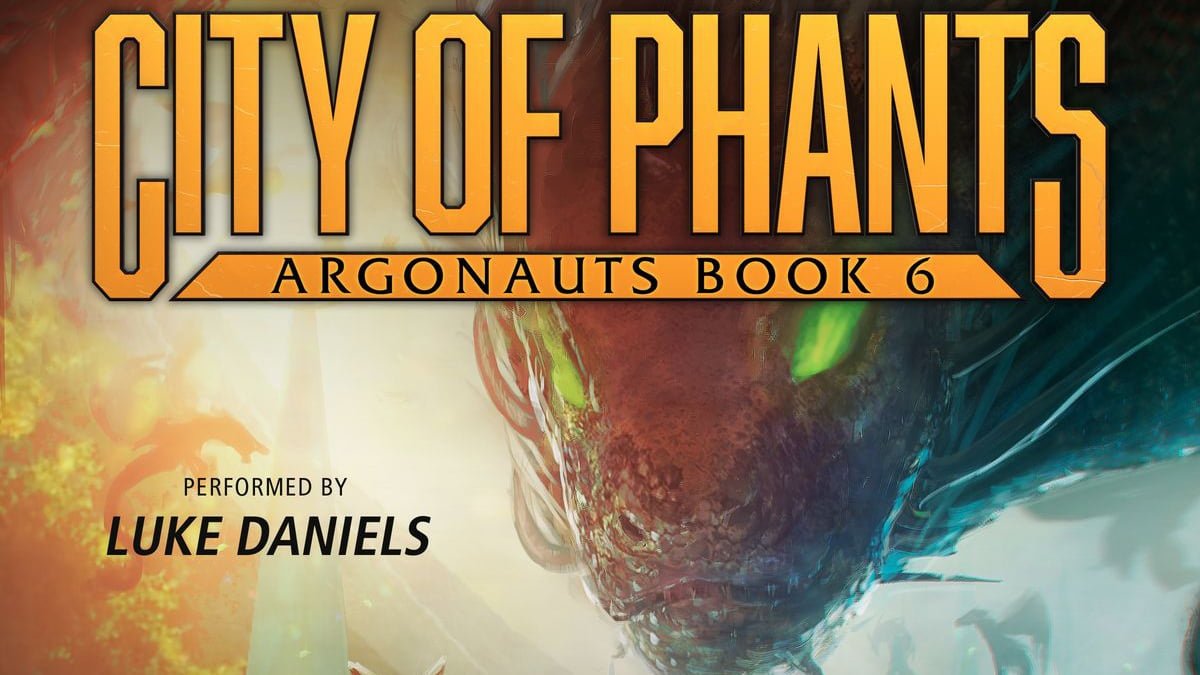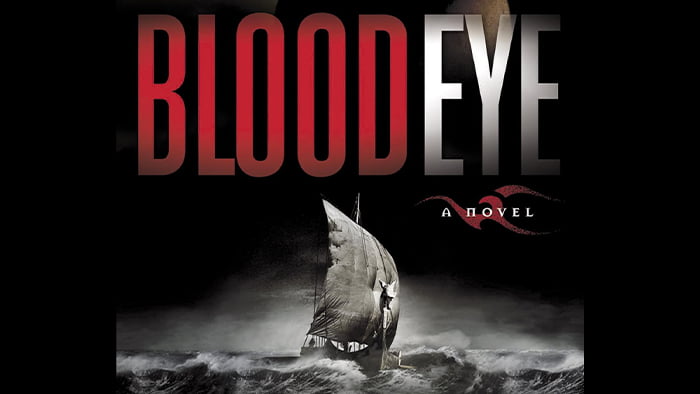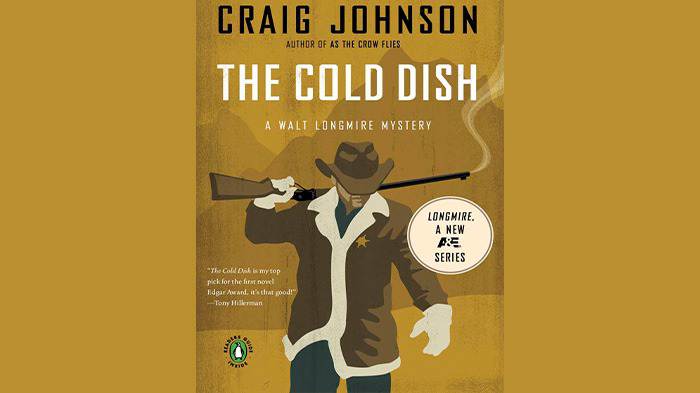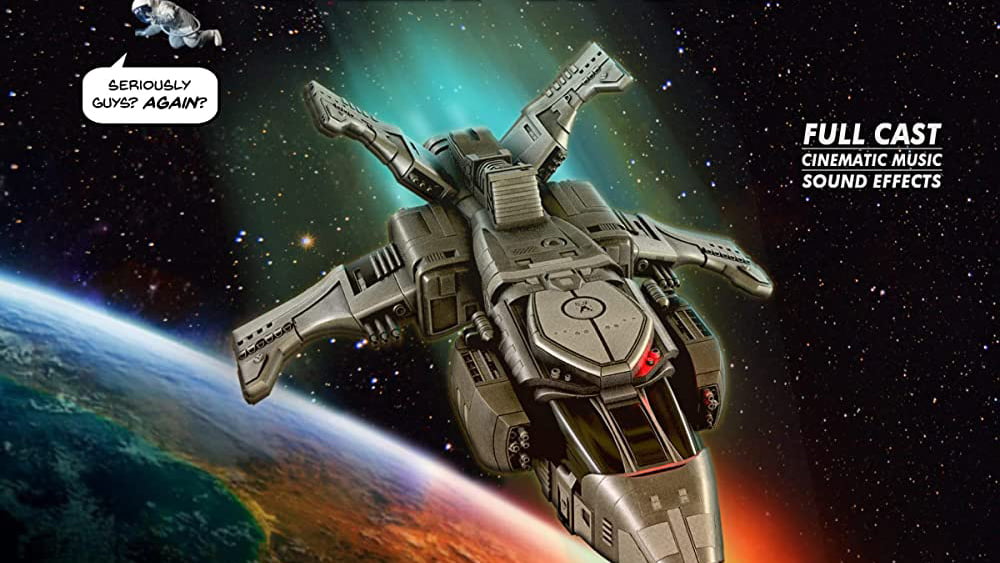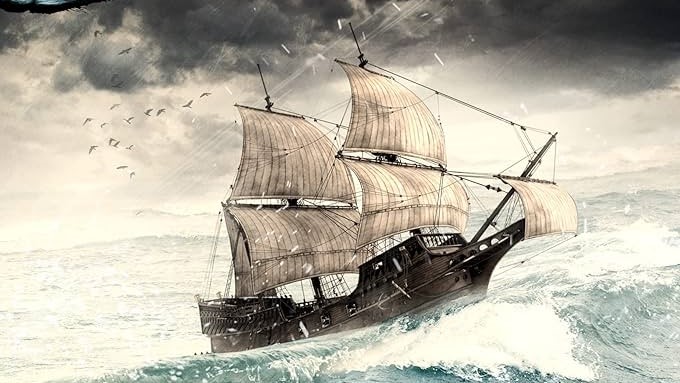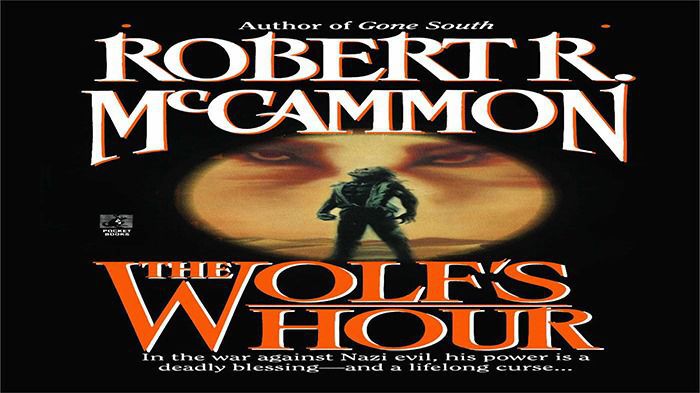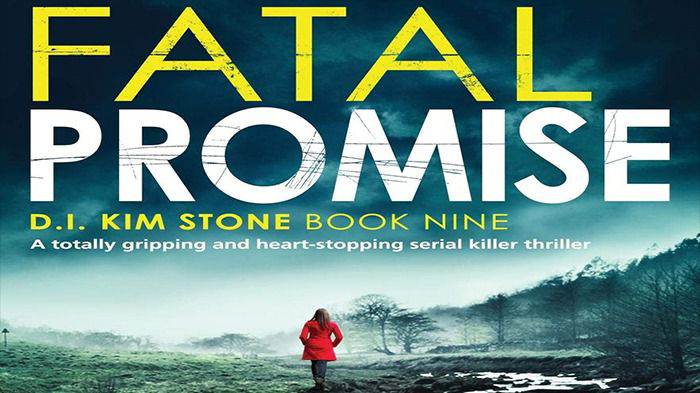“Alice’s Adventures in Wonderland” is a beloved children’s novel written by Lewis Carroll, the pen name of Charles Lutwidge Dodgson. Published in 1865, the story follows the adventures of a young girl named Alice as she falls down a rabbit hole into a whimsical and nonsensical world.
The tale begins when Alice, while sitting on a riverbank, spots a talking White Rabbit in a waistcoat who seems to be in a great hurry. Intrigued, Alice follows the rabbit down the rabbit hole and finds herself in Wonderland, a world filled with peculiar characters and fantastical situations. Throughout her journey, Alice encounters various anthropomorphic creatures such as the Cheshire Cat, the Mad Hatter, the March Hare, and the Queen of Hearts.
In Wonderland, Alice experiences a series of bizarre and illogical events. She grows and shrinks in size, attends a tea party where time is perpetually stuck at six o’clock, plays croquet with flamingos as mallets, and engages in absurd conversations that often defy rationality. The story is known for its wordplay, clever puns, and satirical commentary on Victorian society.
As Alice navigates this strange land, she constantly seeks to understand the rules and logic of Wonderland, only to find that they frequently change or are nonexistent. She often struggles to maintain her sense of identity and grapples with her own perceptions of reality. The novel is a whimsical exploration of childhood imagination, curiosity, and the challenges of growing up.
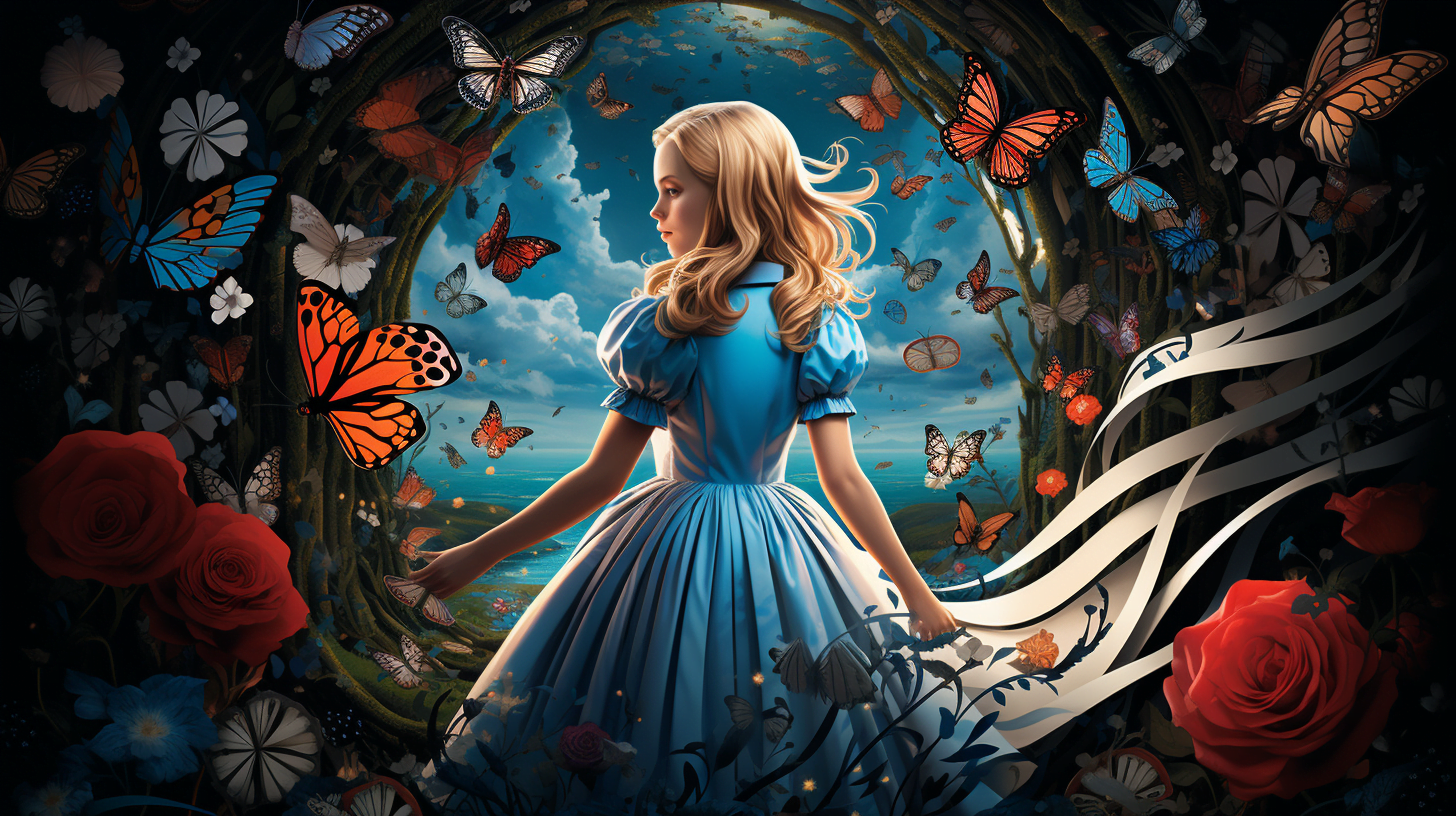
“Alice’s Adventures in Wonderland” has captivated readers of all ages for generations with its imaginative storytelling and memorable characters. The book’s enduring popularity can be attributed to Carroll’s imaginative world-building, clever wordplay, and the timeless themes it addresses, including the loss of innocence and the pursuit of personal identity.
Beyond its entertainment value, the novel has been analyzed and interpreted in various ways, with scholars examining its allegorical elements, psychological motifs, and social commentary. It continues to inspire adaptations in literature, film, and other art forms, making Alice and her Wonderland a beloved part of popular culture.
In conclusion, “Alice’s Adventures in Wonderland” is a whimsical and enchanting tale that takes readers on a surreal journey through a fantastical world. Carroll’s inventive storytelling, combined with his linguistic playfulness, has made the book a timeless classic that continues to delight readers of all ages.
 Skip to content
Skip to content
